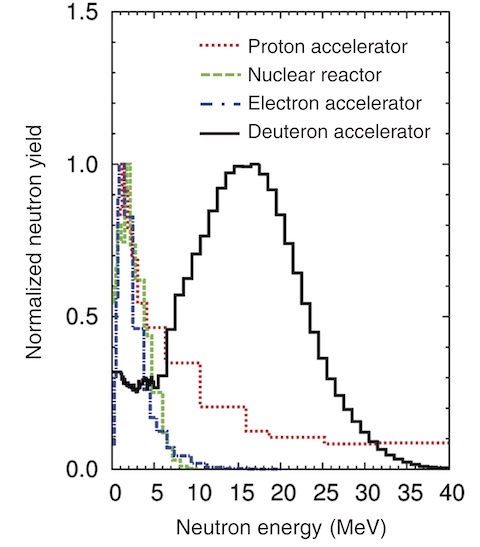
Fig.4-2 Neutron energy distributions of typical neutron sources (Each distribution is normalized to have a maximum value of 1.0, low energy component of nuclear reactor is omitted)

Fig.4-3 Simulation results of deuteron accelerator neutron source
Applications of neutrons have expanded widely from basic science to industrial applications. In fields like experimental nuclear physics, medicine, and fusion reactor development, intensive neutron beams with energies above 10 MeV are required. However, conventional neutron sources, such as nuclear reactors, cannot satisfy these requirements, as shown in Fig.4-2. Thus, neutron sources using a deuteron accelerator have been proposed.
Designing such facilities requires that the amount and energy distribution of neutrons generated from the nuclear reactions induced by deuterons under various conditions (e.g., target material and kinetic energy of incident deuteron) are accurately predicted. However, the calculation methods used in existing software have shown poor prediction accuracy because the quantum mechanical wave properties of deuterons are not appropriately considered.
Therefore, we developed a calculation method by integrating several theoretical models taking quantum mechanical effects into account. The calculated results were compiled into a database that is applicable to the simulation software employed in the design studies of neutron sources; this database, JENDL/DEU-2020, can be used to design neutron sources with deuteron accelerators.
Example simulation validation results using JENDL/DEU-2020 are shown in Fig.4-3. Using JENDL/DEU-2020, the experimental data was reproduced more accurately than when using the models implemented in the simulation software PHITS. Similar improvements were demonstrated under various conditions, including beryllium and carbon targets.
Overall, the proposed calculation method and database improves the simulation reliability, thus making targeted neutron source design easier. JENDL/DEU-2020 is expected to promote the use of intensive high-energy neutrons in various fields, including basic sciences, medicine, and reactor design.
This work was partially supported by the Japan Society for the Promotion of Science (JSPS) KAKENHI Grant-in-Aid for Young Scientists (No.JP19K15483).
(Shinsuke Nakayama)
<Previous: 4 Nuclear Science and Engineering Research | Next: 4-2>